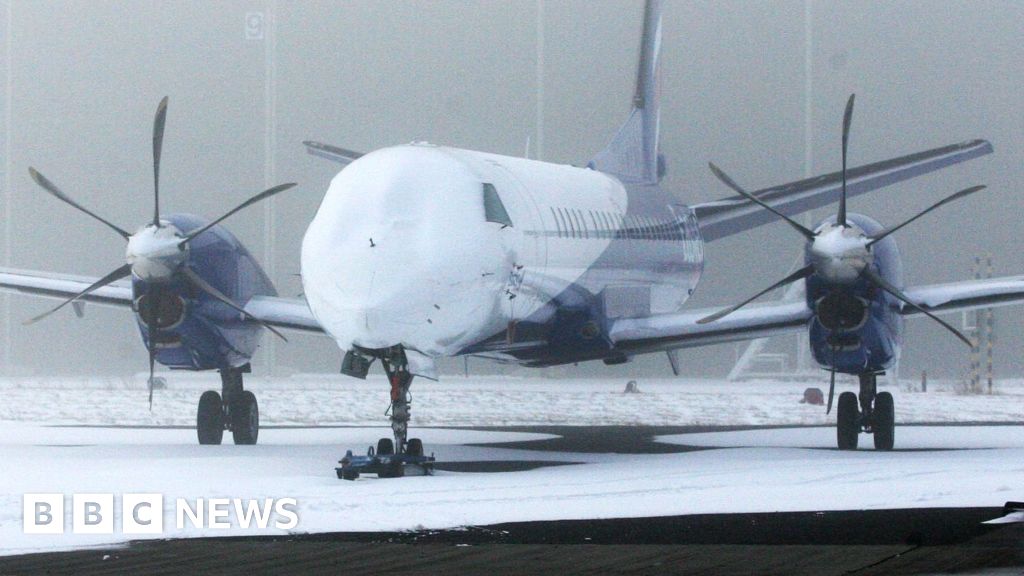Heavy winds and fog led to thousands of flights being delayed or cancelled at the end of 2024 – and wintry weather could bring further disruption this weekend. It can seem a mystery to many frustrated flyers that a brief spell of bad weather can upend schedules, especially since British weather isn’t exactly famed for being the best. Many of us are used to facing train delays here in the UK – whether it’s leaves on the line or just a typical commute – but with all the technological advancements of planes and airports in recent years, why flights?
Elif Arjin Celik was one of hundreds taken by surprise when her flight from London Gatwick to Istanbul was delayed by hours because of poor visibility in the fog on 28 December 2024. With scores of flights at the airport delayed, during what was its busiest Christmas since the Covid pandemic, she saw thousands of people waiting in the terminal with nowhere to sit. She says it was “grim” having to wait 20 minutes just to use the toilet because of queues from the “extreme overcrowding”.
“Fridges were empty with not enough food for everyone and all the restaurants were struggling to seat people,” she told the BBC. “That fog-related disruption ended up lasting for three days, affecting tens of thousands of Christmas travellers at airports across the UK.
So why exactly do so many flights get delayed in situations like this? “Aircraft can operate safely in fog, but airports go into a kind of slow motion,” says travel expert Simon Calder. “Aircraft follow a beam from the instrument landing system. This beam must not be broken, which could happen when it’s foggy,” he tells the BBC.
And when there are high winds, for safety, aircraft have to be more spaced apart than usual. Despite Heathrow trialling artificial intelligence to help planes land in low visibility, controllers in on-ground towers still need to clearly see an aircraft arriving before issuing a landing clearance, aviation expert Scott Bateman MBE wrote on X.
He says the majority of modern aircraft can automatically land in the worst fog, but that in practice visibility limits are imposed so pilots can see sufficiently to taxi off the runway. Mr Calder adds: “If fog or high winds requires air-traffic controllers to increase the spacing between aircraft by 50%, capacity is immediately reduced by one third – and cancellations begin.”
When things are running smoothly, Gatwick’s runway has a take-off or landing every 65 seconds. At Heathrow, schedules are based on landing aircraft as close as 80 seconds apart. With this little room for error, Mr Calder estimates about 75,000 passengers were affected by the Christmas fog delays and cancellations.
And there’s not great news on the horizon because in the future, we can expect more disruption from weather related to climate change, says Dr Ella Gilbert, a climate expert from the British Antarctic Survey. She says that climate warming increases the frequency and intensity of rain and snowfall events, making storms “stronger and more frequent.” It also means more instances of aircraft turbulence.
Source link




